Global Success: Highlights and Key Takeaways from the 7th International Billfish Symposium on Conservation and Management
Co-hosted by the IGFA and Wild Oceans at Hubbs-SeaWorld Research Institute
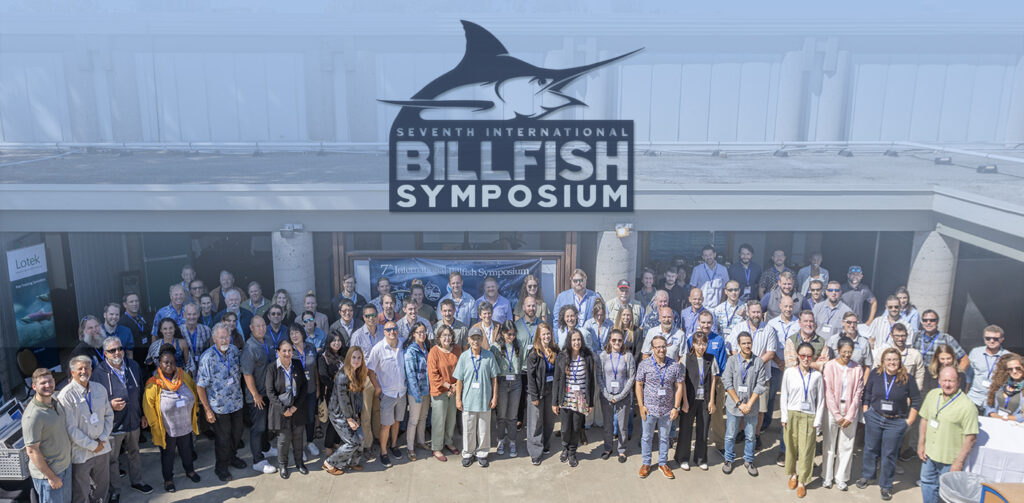
Following a highly productive week of presentations, poster sessions, and panel discussions, the IGFA and Wild Oceans would like to thank the attendees, Symposium Steering Committee, and our host, Hubbs-SeaWorld Research Institute, for making the 7th International Billfish Symposium a rousing success. We are pleased to share that we had over 100 participants from nine countries in attendance, representing every continent except Antarctica. This international attendance represents the truly global nature of studying and managing billfish and showcases the devotion that our community of anglers, scientists, and managers have for these incredible species.

We would also like to thank all the sponsors that have helped make the symposium come to fruition, especially this year’s Grand sponsors, the MidAtlantic Tournament/South Jersey Marina and NOAA Fisheries. Additional sponsors include Costa Sunglasses, Wildlife Computers, Yamaha Rightwaters, YETI, Center for Sportfishing Policy, Lotek, and the Presidential Challenge Charitable Foundation, Inc.
The symposium ran from October 8-10, 2024, and featured 44 oral presentations, 25 posters, and three expert panel sessions broadly focused on billfish movement and habitat use, biology and fisheries data, and human dimensions. We are excited to share an overview of the symposium and highlight the next steps that were identified toward improved billfish conservation and management.
Day 1 (October 8, 2024): Movement and Habitat Use
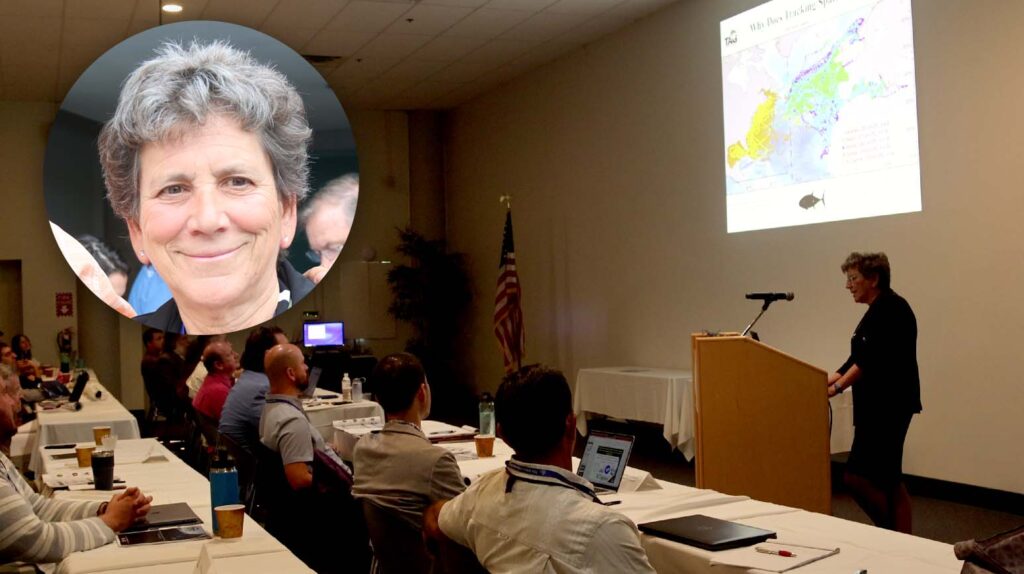
The symposium kicked off with a Keynote presentation by Dr. Barbara Block, from Stanford University, who delivered “The Migrations & Biology of Billfishes: Reflections on the Past, Present and Future.” Dr. Block’s experience and insights gained from studying the physiology of migrations, thermogenesis, cardiac biology, energetics, reproduction, and genomics of pelagic fish set the tone for the symposium that showcased not just how far we have come in our understanding of these incredible animals, but also how much work remains to improve their management and conservation in the face of a rapidly changing ecosystem.
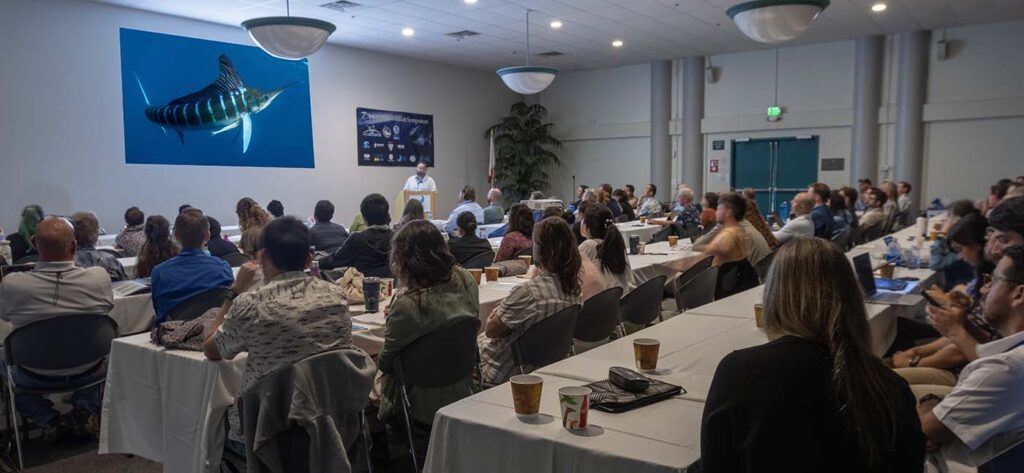
Following the keynote presentation, fourteen oral presentations focused on the movement and habitat use of billfish, much of which was revealed through the use of electronic tagging technologies and in partnership with the recreational angling community. After the oral presentations, a panel discussion entitled “The Good, The Bad, and The Next Step” for satellite tagging efforts was held and the day concluded with a poster session featuring 25 posters.
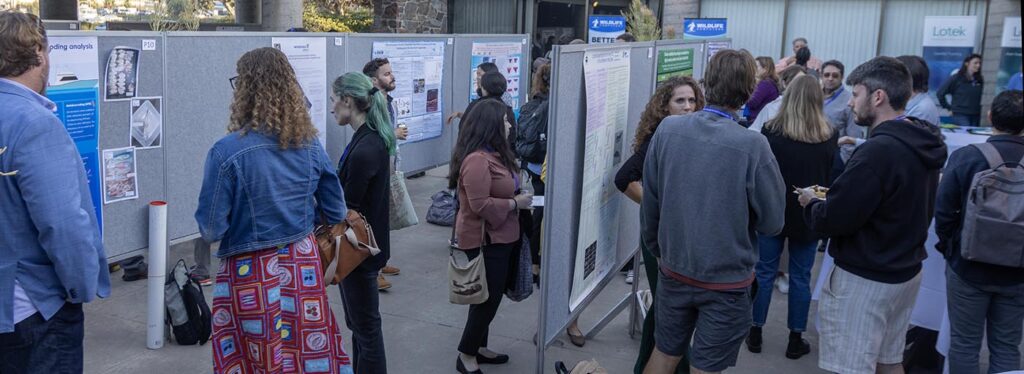
Key takeaways from Day 1 include the need to expand cross-ocean tagging efforts to better identify billfish movements (e.g., between the Pacific and Indian oceans). Additionally, the need to improve technology for billfish tracking was highlighted along with the need for collaboration among the billfish tagging community.
Day 2 (October 9, 2024): Biology and Fisheries Data
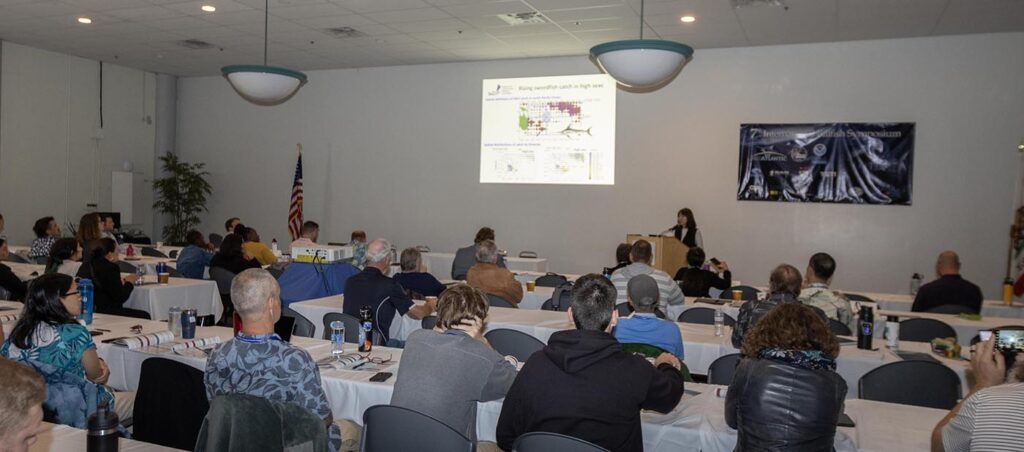
Day two focused broadly on the biology and life histories of billfish, largely pertaining to fisheries stock assessments and management applications. Fifteen oral presentations spanned billfish feeding ecology, fishery catch rates, age and growth, genetic techniques to elucidate stock structure, and modeling approaches to reduce fishery bycatch. Following the talks, the day concluded with a panel discussion entitled “Current State of Management/Science” for billfish highlighting current and future science and fishery data needs to improve our management of billfish.
Key takeaways from Day 2 include the need to accurately characterize billfish species as targeted in fisheries, opposed to their usual designation as ‘bycatch’ or ‘non-target’ species, the need for improved life history information for all billfish species, efforts to collect tissue samples from tagged fish for complementary genetic analysis.
Day 3 (October 10, 2024): Biology/Fisheries and Human Dimensions
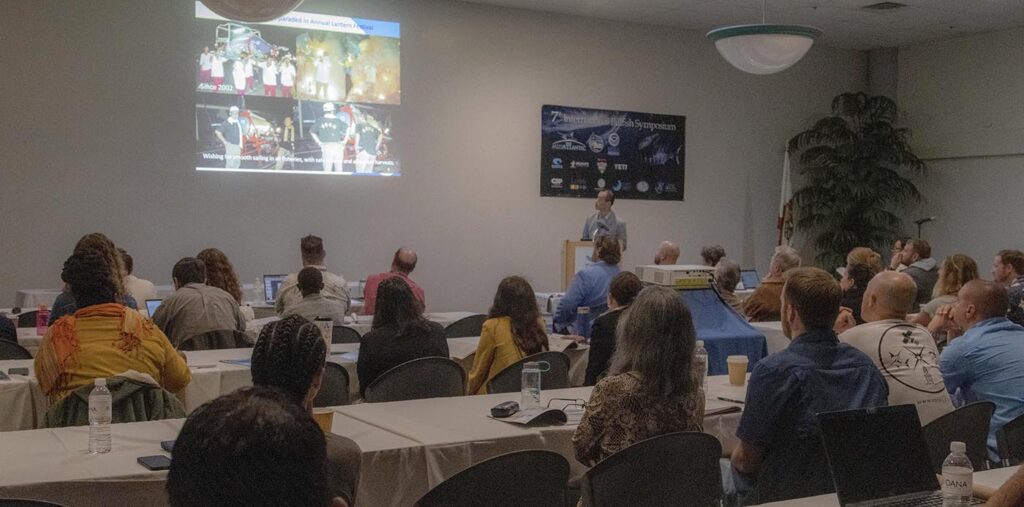
The final day of the symposium completed the Biology/Fisheries session from Day 2 and concluded with presentations ranging from larval billfish studies to human dimensions of billfish science and management. The final fifteen talks of the symposium spanned diverse topics including interviewing anglers to estimate catch composition, local ecological knowledge of fishers, offshore wind development and recreational fishing effort, the contributions of women in billfish fisheries in Kenya, and citizen science applications. Many of these presentations were the result of partnerships with the recreational fishing community. The symposium concluded with a panel discussion entitled “Recreational Angling Community Input” highlighting avenues to further leverage the power of the recreational angling community to progress science and management of billfish.
Key takeaways from Day 3 include the need to better-share data across institutions for collaborations and research cross-pollination, better engage the recreational fishing community in citizen science (e.g., anglers collecting fin clips from tagged fish) and having scientists attend major tournaments for outreach purposes.
Conclusions and Next Steps
It is clear that the global angling, research, and management community is invested in the future of billfish conservation. As we move into the next phase of billfish research and management, the science presented during the 7th International Billfish Symposium will be used to advance research programs and ask new conservation questions for the future of billfish. The IGFA and Wild Oceans will ensure the science presented is made available to the greater community by facilitating publication of articles for oral presentations in a Proceedings issue of "ICES Journal of Marine Science", one of the most prestigious marine science journals globally. We look forward to working collaboratively with the science and recreational angling communities to advance scientific and conservation efforts for billfish.
